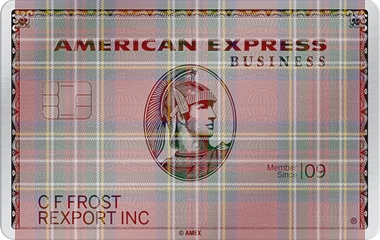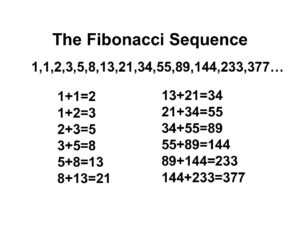Introduction
Manufactured spend typically does strange things to your perception of dollar values. Let’s illustrate through some made-up internal monologues with corresponding made up numbers that you may encounter along your journey to mastery:
[Newbie]: $3,000 over three months for a sign-up bonus? *Overwhelmed* That’s a lot!
[Intermediate]: $15,000 for a Business Platinum over three months? Shouldn’t be an issue
[Advanced]: $50,000 for a Capital One Business card sign-up bonus? I can do that this week
[Whale]: $100,000 a day, every day for a month? 🤏
Basically as you advance, bigger numbers don’t look so big; a $35,000 ACH into your bank account looks like just another boring Wednesday.
The Deep Freeze
Of course it’s all fun and games when profits go up and point balances explode, but something tends to happen to people that operate somewhere in the advanced – whale spectrum:
- Shutdowns
- Account freezes
- KYC calls
When one of these events happens, you may find your $35,000 ACH held for up to six months, and your perception of the dollar amount will probably come crashing back to reality, like Virgin Orbit’s LauncherOne mission.
The Takeaway
Alright, let’s get to the concrete, actionable content for the day:
Make sure you’ve got a plan in place for if and when your exploits come to a screeching halt, and don’t ever put yourself into a position where a freeze of accounts at a particular bank or issuer will ruin you financially. Some common insurance policies for big spenders: Untapped HELOCs, margin loans at brokerages, balance transfer checks, manufactured float, and cash reserves.
Happy Wednesday!

Elizabeth Holmes says “🤏”, and she turned out ok, right?






